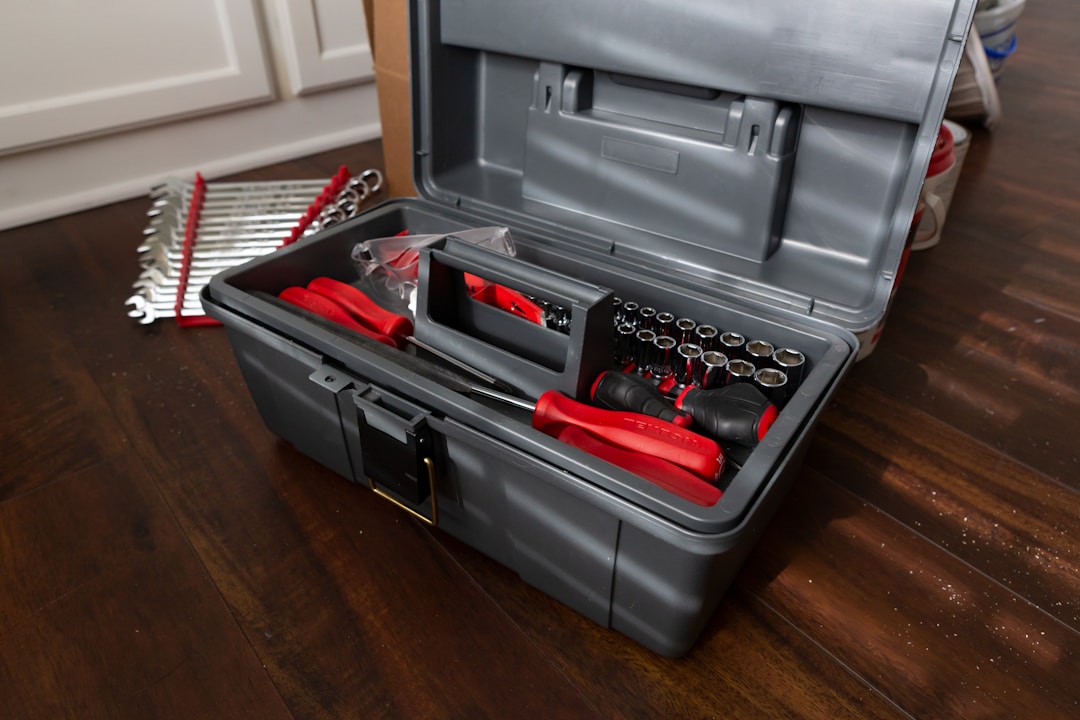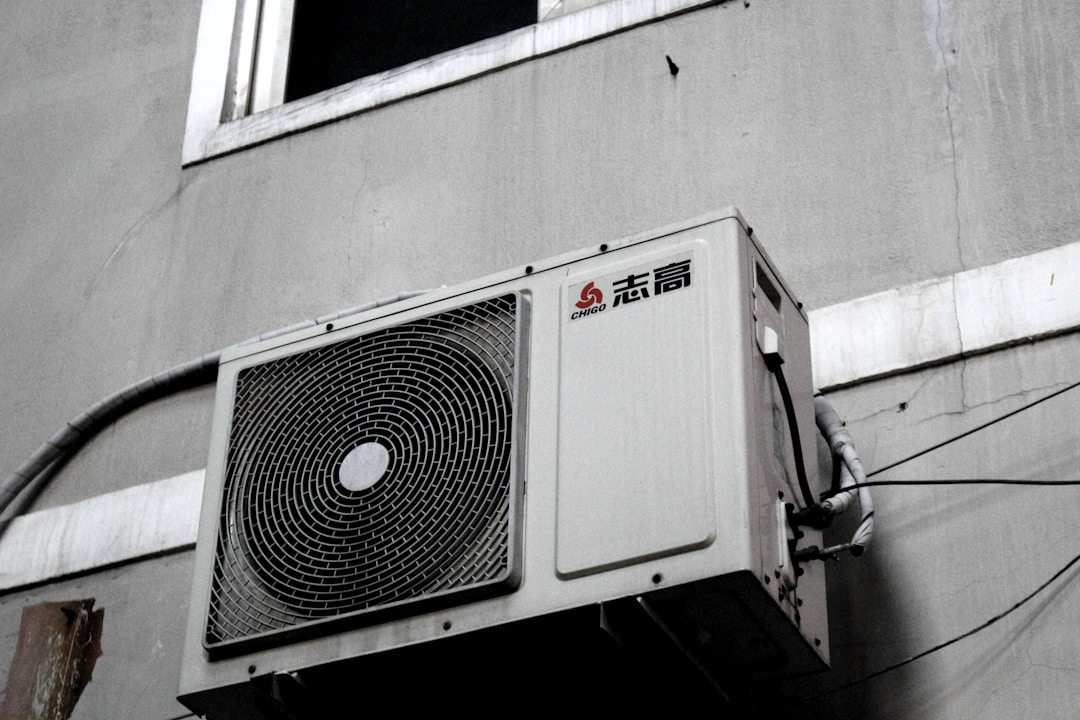Your HVAC system can be a significant monthly expense for your home or business regardless of whether you are running on gas or electricity. The HVAC system includes your heating and air conditioning, so it is critical to creating a comfortable environment to work or live in. Unfortunately, many people don’t give it much thought until there is a temperature emergency like the heat going out in the middle of the night in the winter or the air conditioner dying on the hottest day of the year. Focusing on preventative maintenance and regular inspections will allow you to increase the efficiency and value of your system overall.
Here are four important HVAC maintenance tips that will lower costs and eliminate costly and stressful emergency repairs.
1. Schedule an annual inspection

Schedule an early spring HVAC system maintenance inspection every year. Scheduling annual maintenance appointments will ensure your system is ready for the new season and still working efficiently. A professional HVAC technician can diagnose problems before they become emergencies and provide estimates for repairs that you will need.
They can also provide insight on the indoor air quality based on the condition of the system. Annual inspections are a critical part of preventative maintenance. Waiting until your HVAC system stops working will cost a lot more money than scheduling a visit in advance. Emergency calls, especially when the emergency falls on a night or weekend, will be costly.
2. Change the filter on schedule

The filter is what traps all the dust, mold, and allergens in the air of your home. The filter works to improve the overall air quality and reduce breathing and allergy problems for those living or working in the space. However, when the filter is not changed regularly, it stops working effectively.
Not only will it stop working to improve the air quality, but a dirty filter will also cause the system to have to run more to maintain the indoor temperature, which is inefficient. Running more than needed will cause greater wear and tear on the system and increase the energy bills. Therefore, it is critical to maintaining your HVAC system to ensure the filters are changed on a regular schedule.
3. Install a programmable thermostat

A programmable thermostat will allow you to maintain control of the indoor temperature by increasing or decreasing depending on the outdoor temperature and how much space is being utilized. While smart thermostats are more expensive, they are highly cost-effective due to the energy savings they offer.
You can also change the temperature remotely, making it easier for when you are busy or won’t make it home when you thought you would. In addition, most thermostats come with a warranty, so you won’t have to worry about wasting your investment if you are unhappy with it.
4. Upgrade your HVAC system when needed

Upgrading or replacing your HVAC system is going to be a significant expense. However, if you plan for it and replace it before it completely stops working and you are having an emergency, you will save money and frustration. Your HVAC professional can work with you to determine the best time to replace your system based on the age of the system and the annual inspections. Newer systems are energy efficient, reduce your energy usage, and lower your overall energy costs.
Replacing your system when the weather is neither too hot nor too cold will lessen the stress it may cause for your family or employees. Not waiting for it to be an emergency will allow you to schedule the replacement when it is convenient for you.